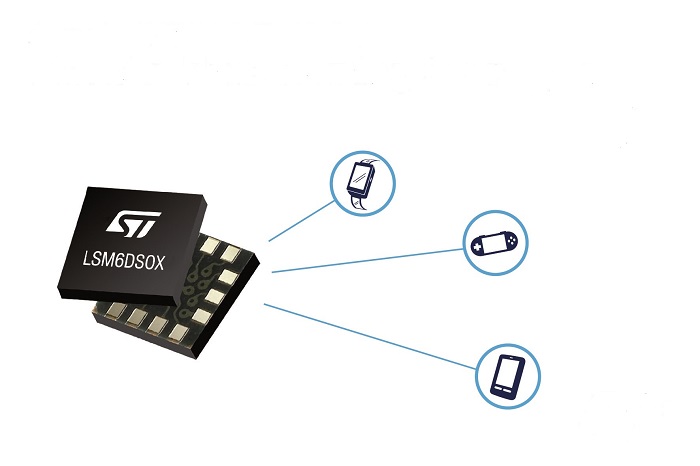By Majeed Ahmad, contributing writer
STMicroelectronics has integrated a machine learning core in its LSM6DSOX iNEMO motion sensors to enhance activity tracking in smartphones, wearables, and game controllers. That allows the company’s inertial sensors to relieve the first stage of activity tracking from the main processor and thus boost “always-on” user experience without trading battery runtime.
Machine learning classifies movement data to improve activity tracking and is now being used in motion-based applications such as fitness logging, wellness monitoring, personal navigation, and fall detection.
The LSM6DSOX motion sensors, comprising a 3D MEMS accelerometer and 3D MEMS gyroscope, will now employ the machine-learning core to track complex movements while consuming just 0.55 mA to minimize load on the battery. The machine-learning core works in conjunction with the sensor’s finite-state machine logic to handle motion pattern recognition or vibration detection.

Developers can train the core for decision-tree based classification using Weka, an open-source PC-based application. Next, they can generate settings and limits from sample data such as acceleration, speed, and magnetic angle to characterize the types of movements to be detected.
ST’s motion sensor has more internal memory than conventional sensors, and the addition of the machine learning core allows it to support free-fall, wake-up, 6D/4D orientation, click and double-click interrupts. That, in turn, enables developers to create a variety of applications besides activity tracking.
Available now, the LSM6DSOX motion sensor with machine learning core is priced at $2.50 for orders of 1,000 pieces.
Advertisement
Learn more about Electronic Products Magazine





